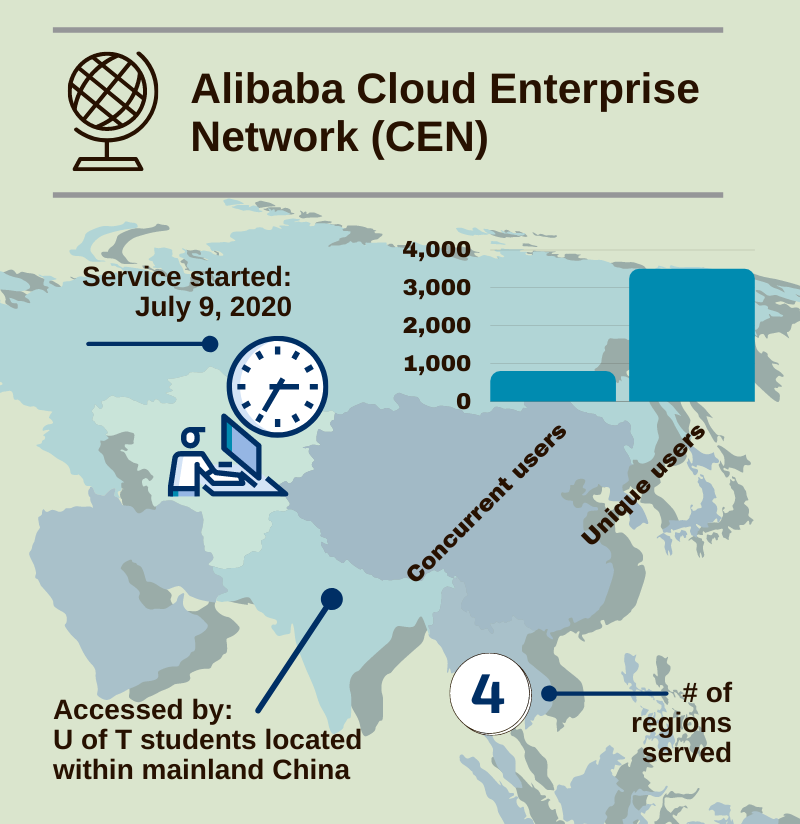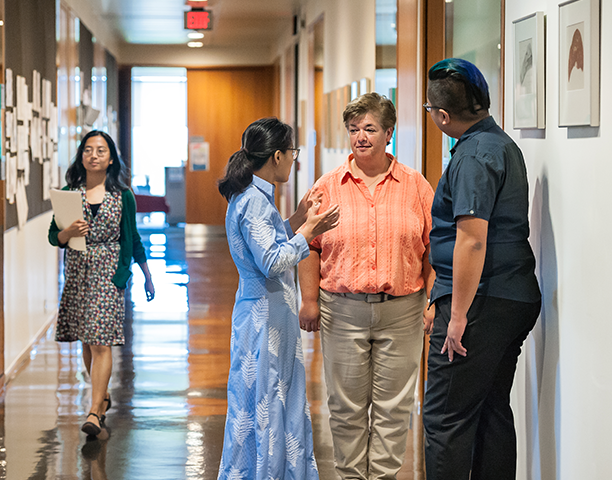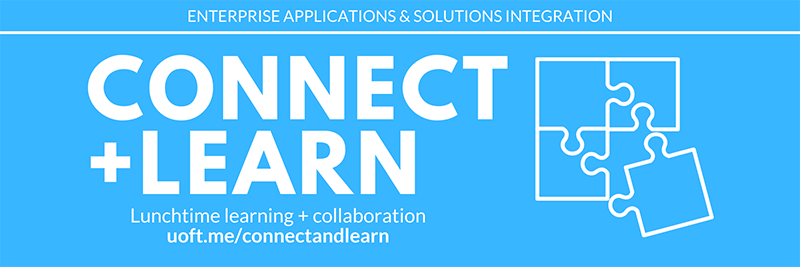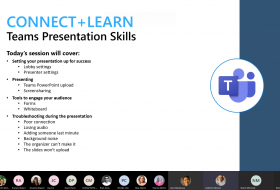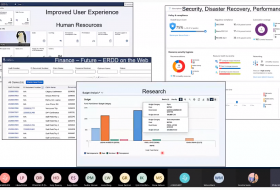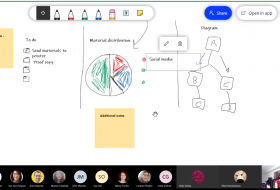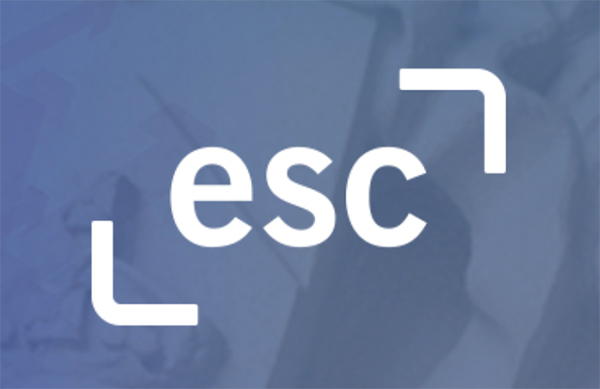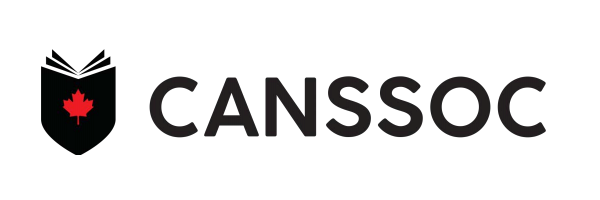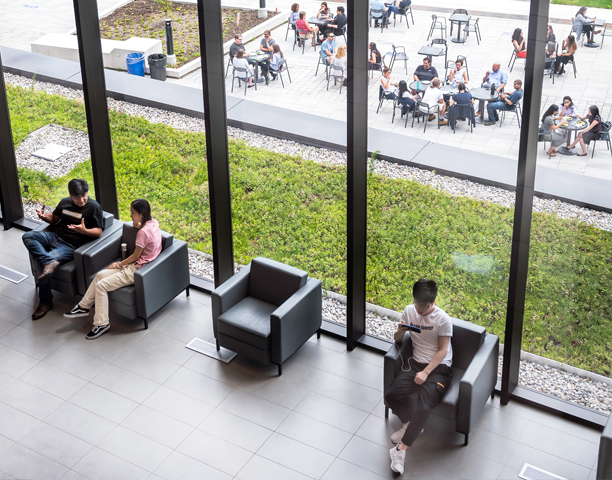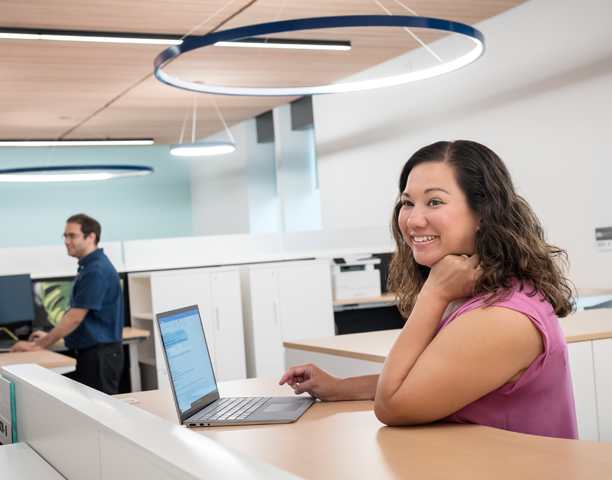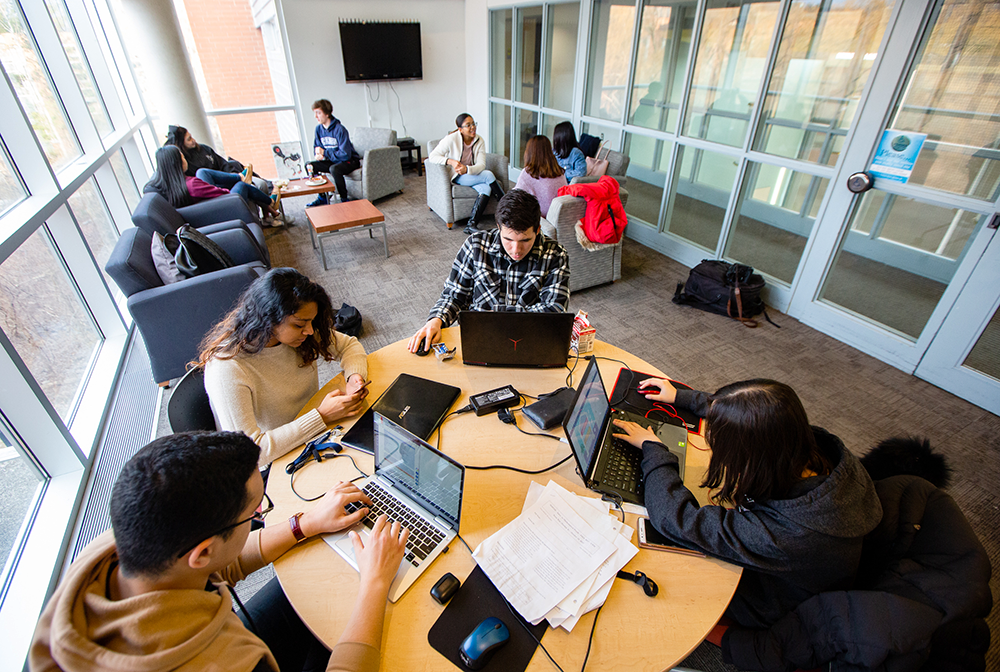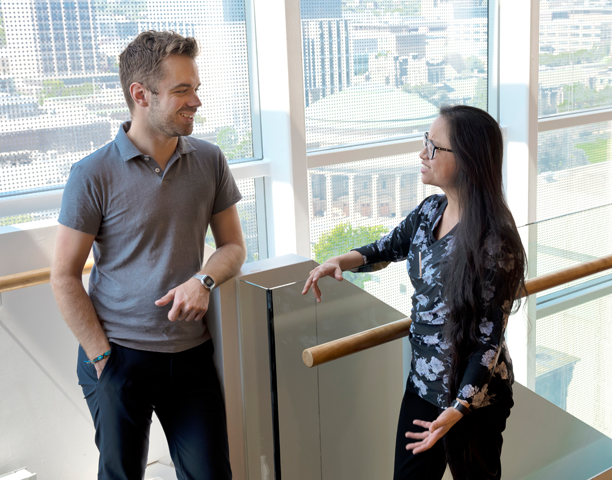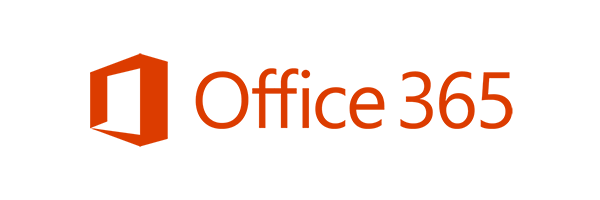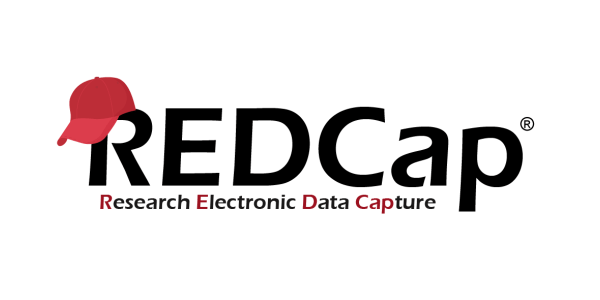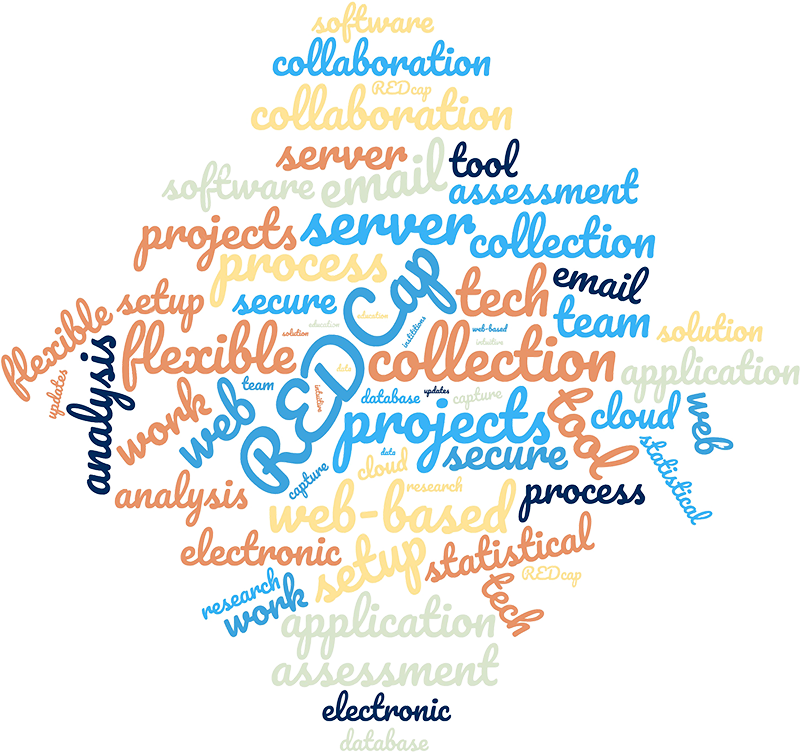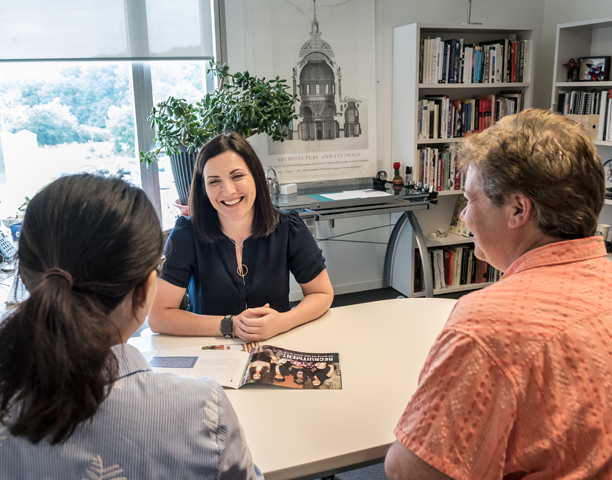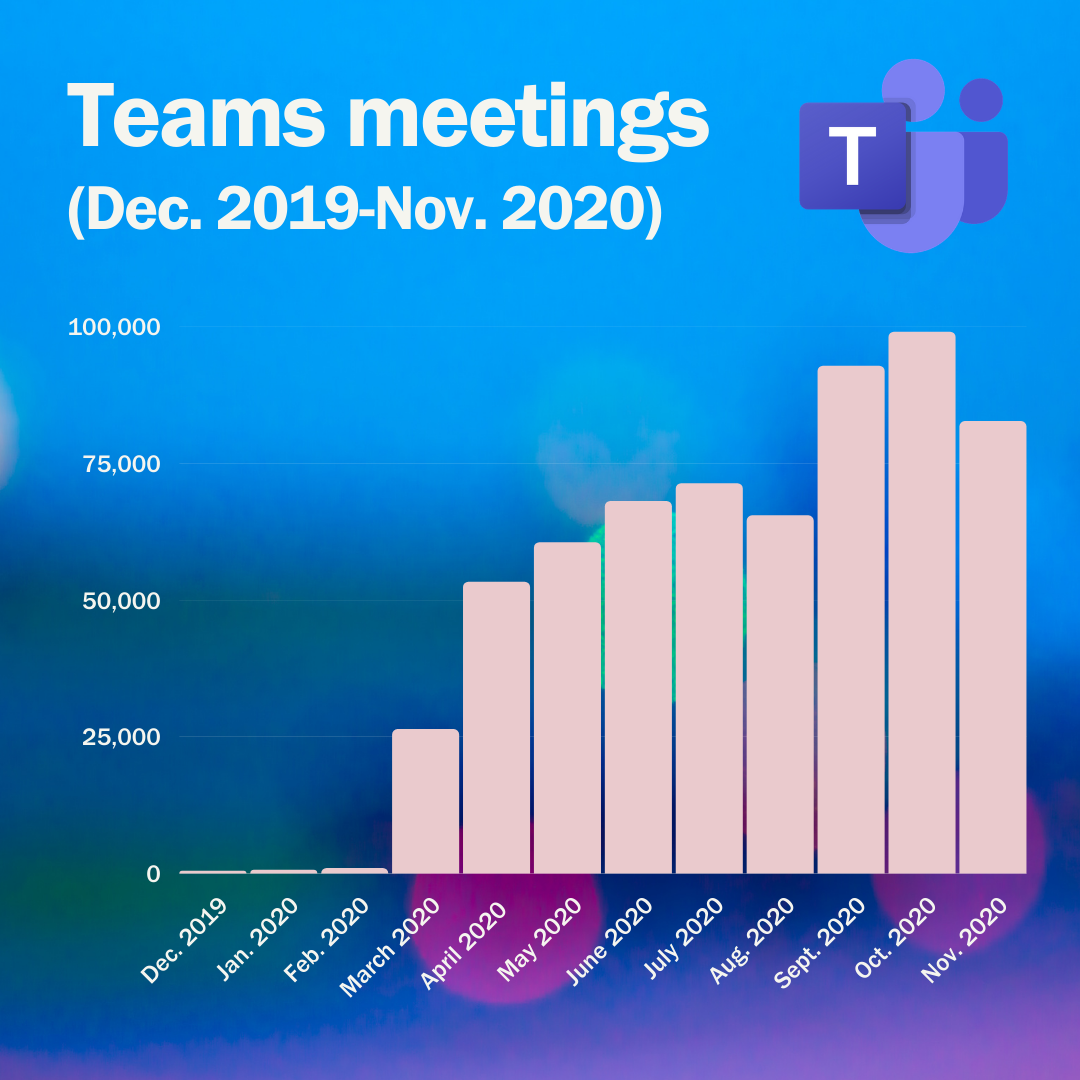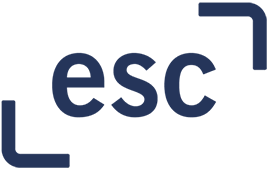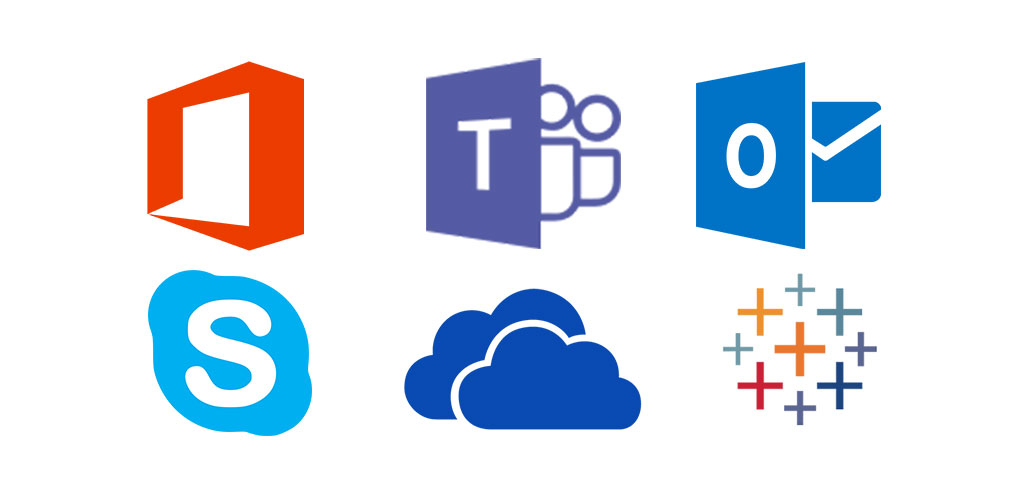1. Introduction
Our progress on the IT@UofT strategic plan over the past year has been inspired by strong momentum across the tri-campus community as we have worked collaboratively and collectively to achieve shared goals. With the sudden shift in the higher education information technology (IT) landscape in response to the impacts of COVID-19 and the growing requirements for remote access to administrative and academic services, our need to coordinate efforts across the tri-campus community has never been more critical. The result has been a monumental digital transformation and the acceleration of many of our initiatives.
While the initial surge of urgent requirements for remote services and resources has now levelled out, staff within Information Technology Services (ITS) and across the IT@UofT community continue to innovate and work together to meet evolving and diverse needs. The value of coordinating our collective efforts has been proven as we have aligned behind our first guiding principle: We take a University-wide view and embrace commonalities and strengths while respecting the diverse needs of the divisions and departments. Learning as we go, we have benefited from the expertise contributed from the tri-campus community to ensure the continuity of the University activities in support of its mission.
While ITS had already made measurable progress on our IT@UofT strategic plan goals and initiatives in early 2020, the COVID-19 pandemic crisis drove new priorities to the forefront. These include:
- Services, systems and infrastructure to support work from home
- Data security and privacy protocols for existing and new platforms
- Teaching and learning support for remote/online modalities
- New workflows related to rapid digitalization of business processes
- Timely, clear and effective communication of new priorities to various audiences
Projects and activities that support these areas of need have seen increased momentum, in many cases breaking through previous organizational impediments by necessity. While COVID-19 is disruptive in its broader societal context, ITS has embraced the opportunity to undertake transformative work that will have a lasting impact on our capacity to provide agile, effective and efficient technology-enabled services and support.
“The advancement of strategic plan initiatives within Information Technology Services (ITS) over the past year has had a great impact on staff, students and faculty. Even during these trying COVID-19 times, IT@UofT community members have worked together collaboratively to make a positive difference, provide solutions and meet challenges head-on to move the University’s mission forward.”







